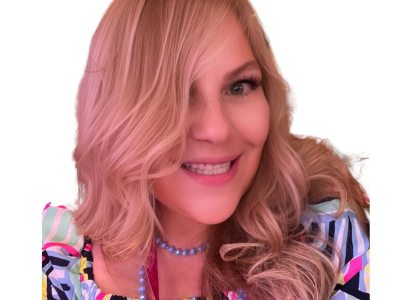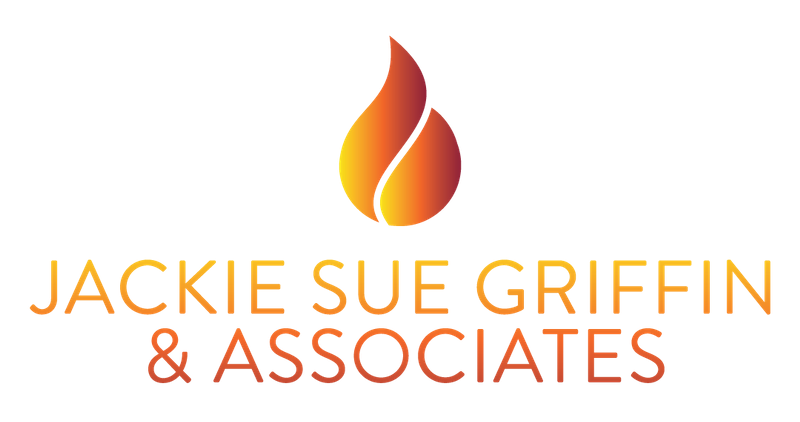
23 Jan Building Momentum While Answering Grant Application Questions
By Jackie Sue Griffin
Crafting a compelling grant narrative involves telling the story of the emerging needs in your community and convincing peer reviewers that your organization is qualified to implement proposed programs. At JSG & Associates, a strategy we use is evidence-based solutions to address these emerging needs with a robust team of qualified professionals and community partners. A persuasive proposal includes Community Needs Assessment data with feedback from the individuals and families you will serve, data describing the demographics of these individuals and families you will serve, service gaps, health and behavioral health disparities, and the extent of the need (i.e., current prevalence rates or incidence data with the source of the data identified). Many grant applications sequence its questions guiding reviewers through a logical progression of your proposed project. Therefore, each section of the grant application builds off of your responses from the previous question. The interconnected responses create a storyline, weaving together statement of need, purpose, goals, objectives, implementation strategies, staffing, proposed outcomes and a way to measure your community impact.
Establishing the Statement of Need Foundation
Documenting the emerging needs of your community with quantitative and qualitative data creates an authentic, diverse and inclusive storyline serving as the foundation for your grant proposal. For example, if your organization plans to reduce overdose fatalities in a specific community, the data that you include should describe the prevalence of overdose fatalities in the service area along with the barriers to accessing medications for opioid use disorder (MOUD) treatment (service gaps). Disparities data describes barriers to accessing MOUD treatment for uninsured individuals. Your initial responses set the foundation for the remaining sections of the grant proposal.
Progressing to Specifics (How will you implement your solution)
Effective grant development requires details that describe evidence-based practices, programs, outreach recruitment and engagement strategies that will be used to implement your proposed approach in alignment to the purpose and funder requirements. You will need a subject matter expert (clinician, program director) to read your drafts to make certain what you are proposing is feasible and realistic. Written well, the implementation section provides peer reviewers with a comprehensive understanding of the proposed program components, strategies, evidence-based practices and programs, expected outcomes and your plan to evaluate and monitor the performance of your program. For example, a gold-standard approach for reducing overdose facilities, for example, would be increasing access to medications for opioid use disorder (MOUD) and cognitive behavioral therapy for individuals with an opioid use disorder. You would cite the research to justify why this is an effective proposed approach in this section.
SMART goals and measurable objectives
A successful grant application requires goals that align with Specific, Measurable, Attainable, Realistic and Time-Oriented objectives for each year of your program. This section should align with your Statement of Need and proposed evidence-based practices and programs.
Demonstrating Impact and Outcomes (evaluating and measuring your effectiveness)
A well-written evaluation section details your proposed strategies to measure your community impact and your proposed program outcomes and includes disparities data that is aligned to your proposed program goals and objectives. This section lends credibility and persuasiveness to your grant proposal and conveys to reviewers the strategies that you will use to track and monitor your proposed strategies and outcomes monthly, quarterly and annually. We recommend involving feedback from individuals served, community stakeholders, and the ability to revise strategies timely to ensure achievement of proposed service goals (numbers to be served) and measurable objectives. Include infographics to illustrate your Community Impact and publish on your website, share with consumers and on social media.
Ensuring Consistency Throughout the Application
Engage a team of volunteers to read your proposal prior to submitting it and have them volunteer to score each section, using the funding application criteria. Make certain that the staff titles and scope of service descriptions in the project narrative file are consistent with the staff titles and scope of services proposed in the budget narrative file. This approach reinforces that your organization shares communication between departments and has a clear vision and logical approach to the proposed project that is well-planned and intentional.
Adapting to Reviewer Expectations
Before you start writing a grant proposal, read the instructions from the funder and make sure you understand what the funder is expecting from your organization as a grantee. Look at the entire package, including appendices. Understanding the expectations from the funder is critical. Make certain there is mission alignment with your organization. Review and research former successful grant proposals. Use the same language (substance misuse, as opposed to substance abuse, for example). Use the research published by the funder (if applicable) in your Statement of Need, or other sections of the proposal to justify your approach.
Building a Narrative that Resonates
Creating a persuasive grant narrative that resonates with peer reviewers requires answering the grant section questions with a mindful, well thought-out response. This response should be well documented and supported by data (qualitative and quantitative), easy to understand and tells a compelling story of why you need the grant, how you use the grant to make a difference in the community. A clear and engaging narrative makes your proposal memorable. If you have the space and if it is allowed, add infographics and tables to illustrate data points more clearly. Employ storytelling techniques such as case studies, or testimonials to illustrate real-life examples of how individuals were able to transform their lives and heal. A grant narrative that resonates emotionally with the reviewer has a lasting impact, fosters a connection and is unforgettable.
Incorporating Lessons Learned and Feedback
Feedback is a valuable tool in refining your grant writing skills. After submitting applications, review any feedback received from reviewers or mentors. Incorporating lessons learned from previous applications hones your ability to address common concerns and strengthens future proposals
Continuous quality improvement based on your lessons learned and feedback refines your approach to grant writing and demonstrates a commitment to excellence and a willingness to learn from every application process.
Click here to learn more about how JSG & Associates can help your nonprofit.
JACKIE SUE GRIFFIN, MBA, MS, BA
Owner, Executive Director
Jackie Sue Griffin, MBA, MS, BA, is the owner and Executive Director of Jackie Sue Griffin & Associates, a former journalist who uses transformational stories to expand nonprofit and human services.
Her mastery of all forms of written and oral communications has resulted in procuring more than $1.8 billion in government grants to expand behavioral health and systems of care services in Florida, Mississippi, New Orleans, Maine, and Virginia in partnership with Turnaround Life Inc. and Turnaround Achievement Network, LLC.
Based on her 29 years working with nonprofit leaders, she has proven competencies in grant development, grant management, and performance assessment and provides technical assistance in Strategic Prevention Framework, community assessment, board development, strategic planning, and sustainability. Her proven expertise in program design includes coalition development, substance abuse prevention, addictions and co-occurring disorders treatment, suicide prevention, adult and children’s mental health systems of care, and recovery-oriented systems of care.
Ms. Griffin is the former Vice President of Development for Operation PAR, Inc. and served as executive director of the LiveFree! Substance Abuse Prevention Coalition of Pinellas County, Fla. During her 17-year tenure, her work as a lead grant writer, project designer, and community advocate spearheaded efforts in securing $47 million in competitive grants and $43 million in non-competitive discretionary grants.
Ms. Griffin has taught undergraduate and graduate students at Springfield College as an adjunct instructor for 19 years. She is the president of the Community Advisory Board for Springfield.
Ms. Griffin has a Master of Business Administration degree with a concentration in nonprofit management and a Master of Science degree in Organizational Management and Leadership, both from Springfield College. Ms. Griffin earned her Bachelor of Arts degree in Writing and English from the University of Tampa, which she attended through a four-year academic scholarship.
Go to https://jsg-associates.com/ to learn more.

No Comments